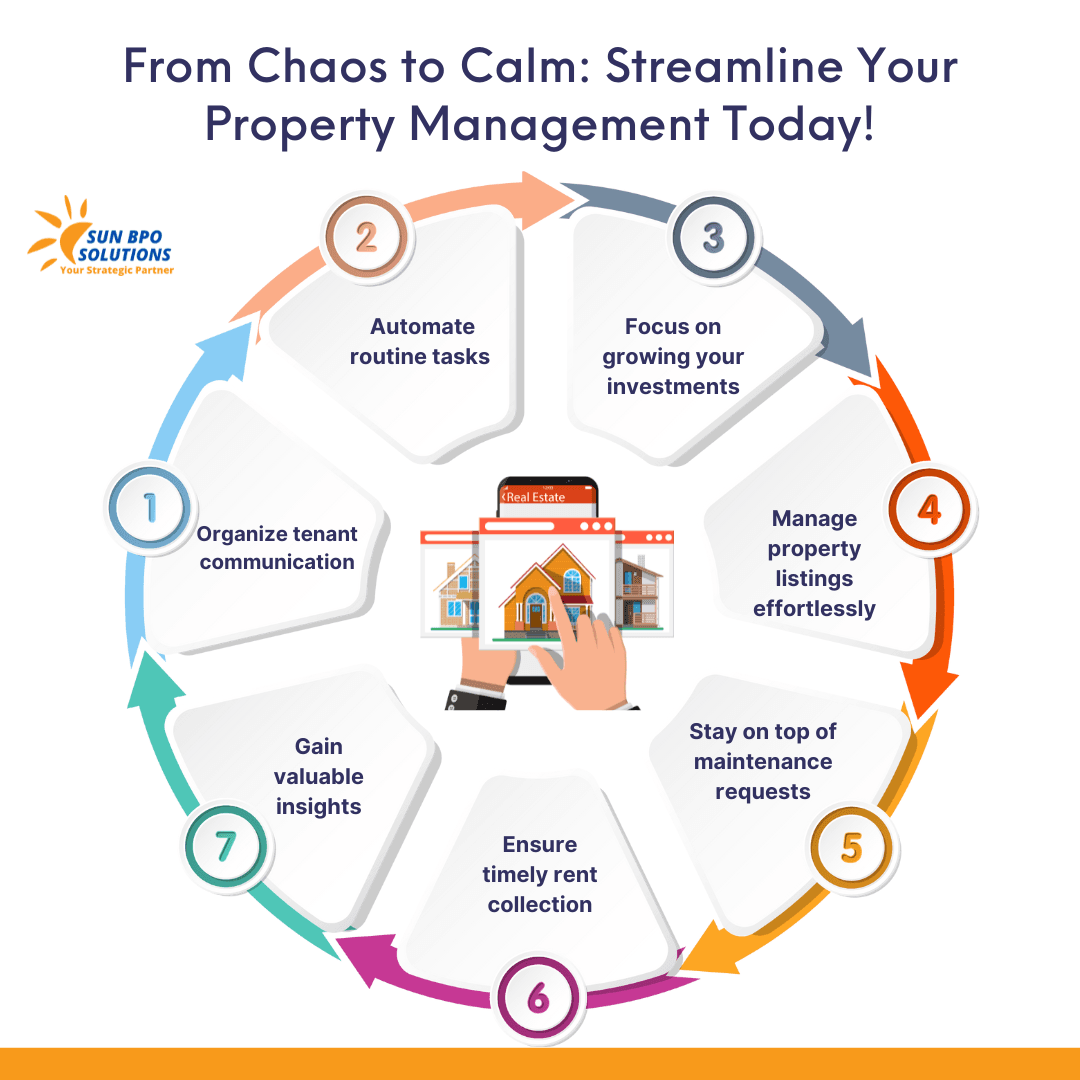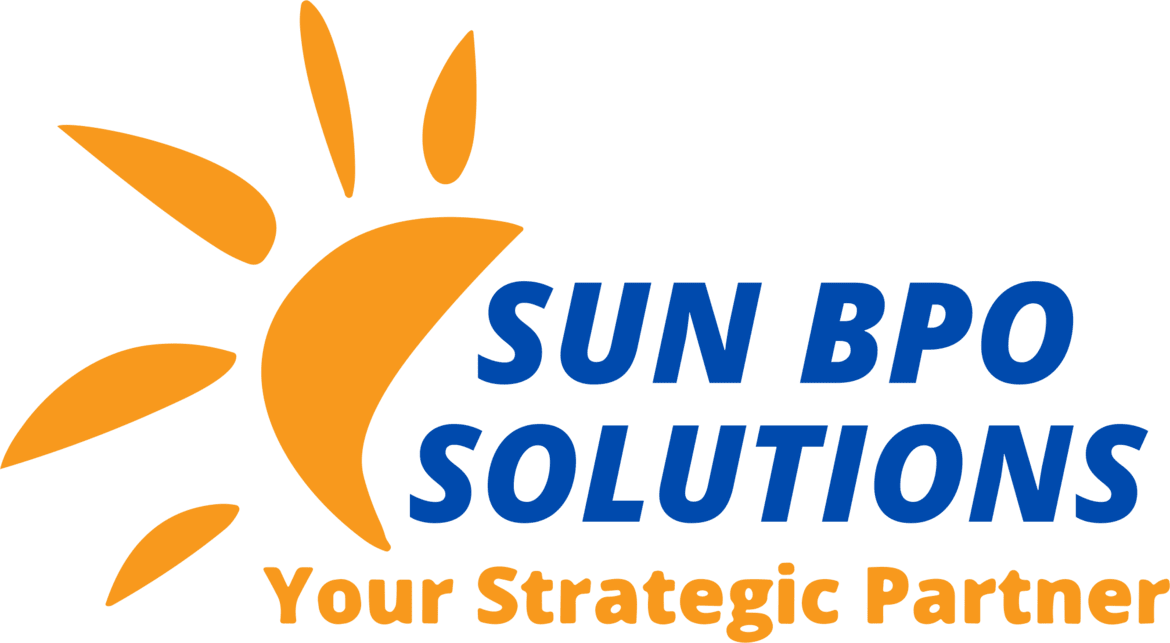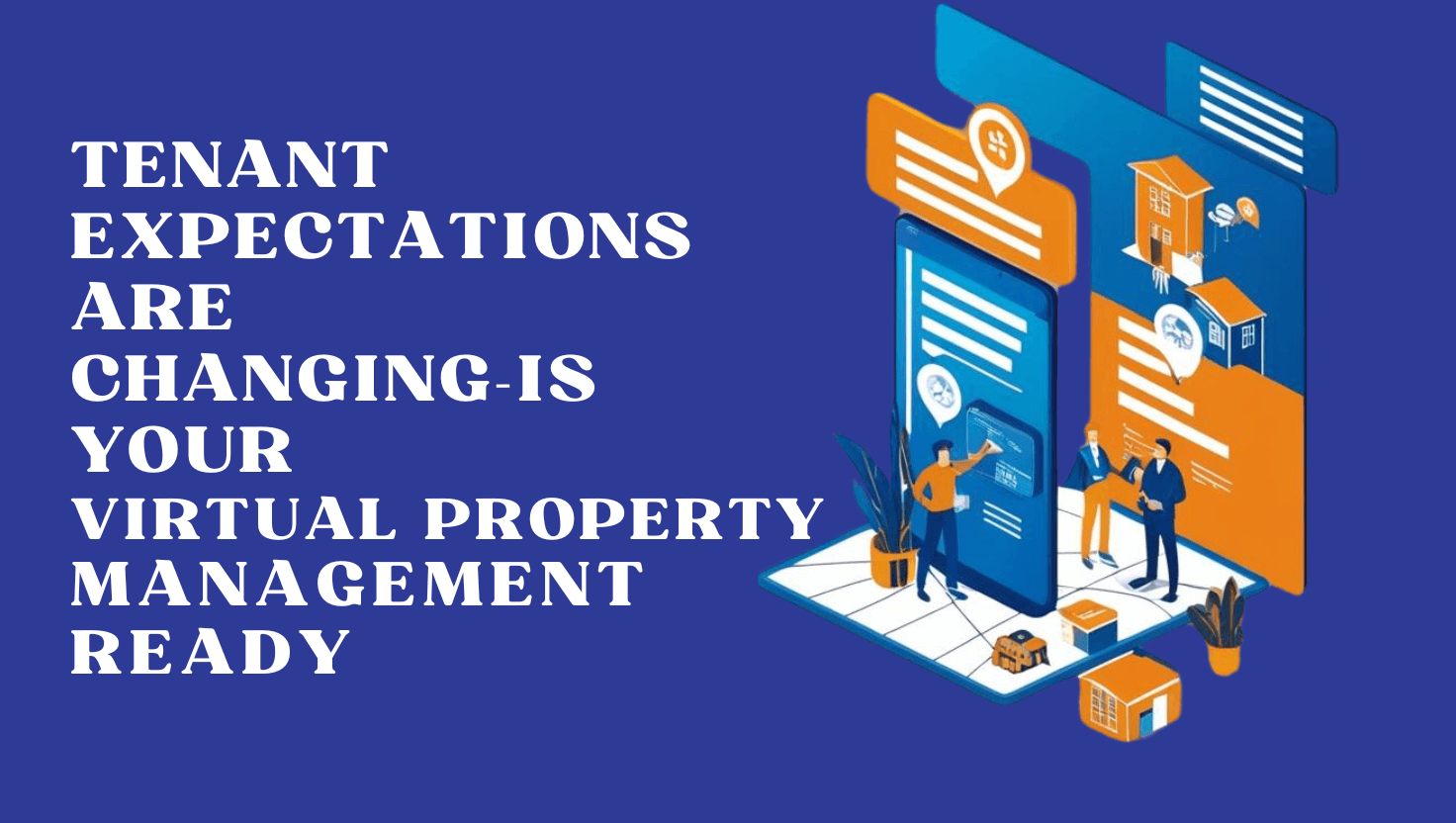Table of Contents
Introduction
The real estate rental market has undergone a dramatic shift in the last few years, driven by digital transformation, remote lifestyles, and evolving tenant behavior. Traditional property management methods are no longer enough to meet today’s standards. As tenant expectations rise, the demand for more efficient, transparent, and virtual services has never been greater.
Whether you’re an individual landlord or a large-scale property manager, embracing remote property management is no longer optional—it’s essential. The rise of future vision property management isn’t just a trend—it’s a necessity for staying competitive. But are you truly ready to meet these new demands?

The New Tenant Expectations in 2025
Modern renters want more than just a well-maintained space—they want convenience, communication, and control. Here’s what today’s renters are looking for:
✅ Instant Communication: Tenants expect quick responses via email, text, or even app notifications.
✅ Digital Accessibility: From rent payments to maintenance requests, tenants want everything to be available online.
✅ Transparency: They want clear lease terms, fee breakdowns, and documented communication.
✅ Flexibility: Month-to-month leases, pet policies, and move-in assistance are now highly valued.
✅ Virtual Access: Listings with 3D tours or using virtual open house software attract more serious renters.
If you’re not adapting your services to match these expectations, you risk falling behind in a highly competitive rental market.
Remote Property Management: The Modern Solution
Gone are the days of office visits and paper forms. Remote property management leverages cloud-based tools, mobile apps, and automation software to manage properties and tenants from anywhere. This model is especially useful for:
- Long-distance landlords
- Multi-property managers
- Vacation rental owners
- Real estate investment firms
With remote tools, you can easily handle rent collection, repair requests, tenant screening, lease renewals, and more—without ever stepping on-site. This also enhances the tenant experience, making it easier for them to interact with you in real time.
Key Benefits of Embracing Modern Virtual Management
✅ Easy digital processes reduce friction.
✅Virtual tools minimize downtime between tenants.
✅ Automate documentation and communication.
✅Cut costs associated with office spaces and manual labor.
✅Manage multiple units or locations seamlessly.
Understanding What Are the Tenants Responsibilities
Even as management becomes more digital, understanding what are the tenants responsibilities remains crucial. Virtual property managers must clearly communicate:
- Rent payment timelines
- Maintenance obligations
- Trash and recycling protocols
- Rules regarding noise, pets, and subletting
- Reporting damage or issues promptly
Tenants still have legal responsibilities—just as landlords do—and laying these out digitally within lease agreements ensures clarity for all parties.
Trust and Compliance: Managing Rental Property in Trust
Managing a rental property in trust adds an extra layer of complexity, especially when responsibilities are shared among trustees. Remote management tools make this easier by:
🔹 Providing shared dashboards for trustees
🔹 Offering automated reporting and bookkeeping
🔹Ensuring compliance with property laws
🔹 Managing disbursements to beneficiaries
This ensures that legal entities like trusts can maintain oversight and transparency without being physically involved in day-to-day operations.
Tech Tools Making an Impact: Virtual Open House Software
The property showing process has become more streamlined and scalable with virtual open house software. This tool allows prospective tenants to:
- Tour a unit online 24/7
- Ask questions in real-time via chatbot or live rep
- Schedule a virtual walkthrough or lease signing
Not only does this reduce in-person contact, but it also significantly shortens the leasing cycle—getting your units occupied faster.
Future Vision Property Management: What’s Next?
The industry is now evolving toward what’s known as future vision property management. This approach combines smart technology, data analytics, and AI to create predictive, proactive, and personalized rental experiences.
Features include:
✅ Smart locks and IoT for secure, remote access
✅ Predictive maintenance alerts based on usage
✅ AI-powered tenant screening and fraud detection
✅ Fully digital lease and renewal systems
✅Centralized dashboards for real-time property insights
This futuristic model isn’t just about convenience—it’s about delivering a superior tenant experience while boosting ROI for property owners.
Tenant Expectations in 2025
Final Thoughts
The rental market is evolving, and so are the people who live in it. By upgrading your systems and embracing tools like virtual open house software, clearly outlining what the tenant’s responsibilities are, and exploring the benefits of managing your rental property in trust, you’re preparing for a new era.
The path forward lies in aligning with future vision property management—where technology, transparency, and tenant-centric services define success. The question is no longer if you should go virtual, but how quickly you can adapt.
Share your thoughts in the comments! 🚀
Stay updated with SunBPO Solutions for the latest trends, insights, and strategies to keep your business ahead of the curve!
Frequently Asked Questions (FAQs)
How do I define tenant responsibilities clearly?
You can outline them in your lease agreement and reinforce them with digital reminders or property management apps.
What is virtual open house software?
It’s a tool that allows prospective renters to tour properties online, ask questions, and even start the leasing process from any location.
What’s meant by future vision property management?
It refers to a forward-thinking approach that uses automation, AI, and cloud tools to optimize rental operations and improve tenant experiences.





0 Comments